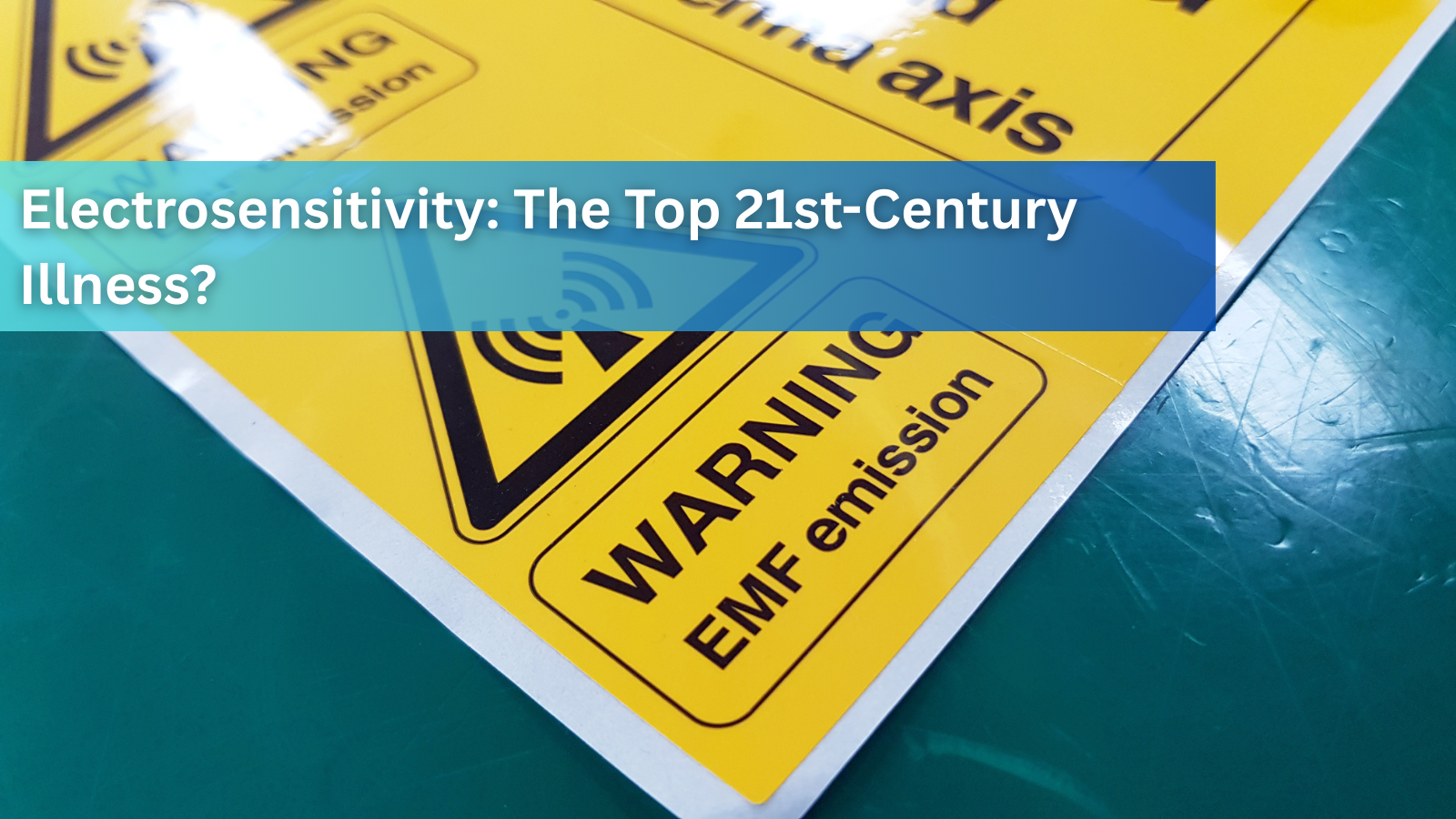Air Particulate Associated with Liver Cancer? Why We Need to Keep Aware of Our Air

Air pollution is classified by the International Agency for Research on Cancer as any particulate matter less than 2.5 nanometers. This is considered the point at which there is an increased risk of lung cancer. With increasing levels of a number of industrial toxins, nano-plastics, crop dusting, and even geo engineering projects containing harmful chemicals, both consumers and healthcare professionals need to be aware of the presence and effect of air pollution on people’s health.
What is most alarming is that fine particulate debris, composed of nanoplastics and industrial pollutants, can also traverse the lung-blood barrier, and then circulate into the bloodstream and liver. This exposure is in addition to already high exposure through dietary ingestion. A recent study examined demographic associations between air pollution and lung cancer, and found positive correlations with nearly all groups, with some having a higher correlation such as those who drink and smoke (Ma et al., 2024).
What is Air Pollution Particulate Matter Made Of?
Air pollution is a complex mixture of various substances. These tiny particles can penetrate deep into the respiratory system, causing various health issues. Major sources of particulate matter include vehicle emissions, industrial processes, microplastics, and natural events like wildfires and dust storms. According to the World Health Organization (WHO), the 2.5 sized particulates present the greatest risk to health due to their ability to reach the lungs and enter the bloodstream. Other components of air pollution include nitrogen dioxide (NO2), sulfur dioxide (SO2), ozone (O3), and volatile organic compounds (VOCs), each contributing to a range of adverse health effects.
Air Pollution and Lung Cancer
The link between air pollution and lung cancer has been well-documented in numerous studies. One of the most comprehensive studies conducted by the International Agency for Research on Cancer (IARC) categorized outdoor air pollution and particulate matter as Group 1 carcinogens, meaning they are confirmed to cause cancer in humans (Loomis et al., 2013). A study by Raaschou-Nielsen et al. (2013) involving over 300,000 participants across nine European countries found a significant association between long-term exposure to the smaller 2.5 nanometer sized particles and an increased risk of lung cancer. The study revealed that for every 10 µg/m³ increase in 2.5 particulates, there was an 18% increase in the risk of lung cancer. Furthermore, research published in The Lancet Oncology highlighted that even low levels of air pollution previously considered safe can contribute to the development of lung cancer, especially among non-smokers (Turner et al., 2020).
Air Pollution and Liver Cancer
While the connection between air pollution and lung cancer is well-established, emerging research indicates that air pollution may also play a role in liver cancer. A pivotal study conducted by Ma et al. (2024) as part of the NIH-AARP Diet and Health Study examined the long-term effects of ambient fine particulate matter (PM2.5) on liver cancer risk. The study involved a cohort of over 500,000 individuals aged 50-71 years and found that prolonged exposure to PM2.5 significantly increased the risk of developing liver cancer. The researchers identified that for every 10 µg/m³ increase in PM2.5 exposure, the risk of liver cancer rose by 22%. This groundbreaking research highlights the broader impact of air pollution on public health, emphasizing the need for stringent air quality regulations to mitigate these risks.
Heavy Metals in Air Pollution
A recent study has highlighted the presence of heavy metals in air pollution, identifying them as significant health risks. Researchers found that metals such as lead, cadmium, and mercury are commonly present in particulate matter in urban atmospheres. These metals can originate from industrial emissions, vehicular exhaust, and even wildfires. Prolonged exposure to heavy metals in the air is associated with various adverse health effects, including neurological disorders, kidney damage, and an increased risk of cardiovascular disease. The study emphasizes the need for stricter regulation of emissions and further research into mitigation strategies to protect public health.
How to Avoid and Detox Pollutants

(StoryMD.com)
Given the pervasiveness and severe toxicity of heavy metals, taking steps to reduce exposure to air pollution and detoxifying the body can mitigate some of its harmful effects. One effective way to minimize exposure is by staying indoors on days when air quality is poor, as reported by local air quality indices. Using air purifiers with HEPA filters can also significantly reduce indoor particulate matter levels. On a personal level, wearing masks designed to filter out particulate matter can provide an additional layer of protection, especially in high-pollution areas. Dietary interventions can also play a role in detoxifying the body. Consuming a diet rich in antioxidants, such as vitamins C and E, can help combat oxidative stress caused by pollutants. Foods like leafy greens, berries, and nuts are excellent sources of these nutrients. Regular physical activity can enhance lung function and improve overall health, making the body more resilient to the damaging effects of air pollutants. Medical professionals recommend regular check-ups to monitor and manage potential health issues arising from prolonged exposure to air pollution.
In conclusion, the detrimental health effects of air pollution extend beyond respiratory issues, contributing to severe conditions like lung and liver cancer. Ongoing research, including studies like those conducted by Ma et al. (2024), underscores the critical need for robust air quality standards and public health policies to protect communities from the pervasive threat of air pollution in all its varieties. Dr. Clark knew that heavy metals per persistant source of immunological damage and reccomended heavy metal cleansing for system benefits.
Product Highlights:
Bernard Jensen’s Quick Airway Defense
Bernard Jensen’s Breath Now! Sinus and Lung Health
References
Ma, X., Fisher, J. A., McGlynn, K. A., Liao, L. M., Vasiliou, V., Sun, N., ... & Jones, R. R. (2024). Long-term exposure to ambient fine particulate matter and risk of liver cancer in the NIH-AARP Diet and Health Study. Environment International, 187, 108637.
Ma, Y., Liu, H., Zhang, W., & Chen, Z. (2024). "Investigation of Heavy Metals in Urban Air and Their Health Impacts." Journal of Environmental Research, 32(1), 45-63. doi:10.1016/j.jenvres.2024.02.001

September 27, 2025
Immune Supplements: Top 10 Best Supplements to Boost Immunity
Are you looking for effective ways to enhance your body’s natural defense? Immune supplements have become popular choices to support the immune system booster function, especially in times of increased illness risk. With so many products...
Read more
September 27, 2025
Cell Phone and WiFi Safety: How to Prevent and Treat EMF Damage and Electrosensitivity
Electrohypersensitivity (EHS), often called electrosensitivity, has been a polarizing and increasingly relevant issue over the past decade and a half. Since the number of people identifying with these symptoms continues to grow exponent...
Read more
September 27, 2025
Raw Carrots: Nature’s Antibacterial & Antiseptic Food
For most of us, carrots are simply a crunchy snack or a source of vitamin A. But according to researcher Ray Peat, PhD, raw carrots offer something more unusual: they act as a kind of natural antiseptic inside the gut, helping to contro...
Read more




Leave a comment